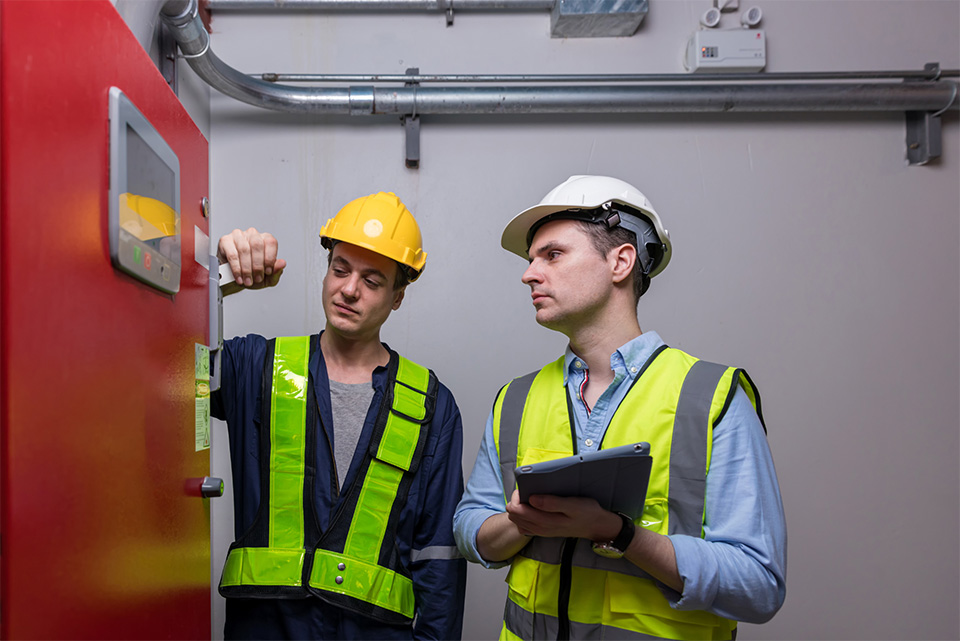What standards must they meet?
Fire safety of buildings is one of the most important challenges in modern construction. In the context of the growing number of fires and their serious consequences for people and infrastructure, designing fire protection systems is becoming a process that requires precise knowledge and compliance with specific standards. In this article, we will discuss which standards for fire protection systems are key and how legal regulations shape the process of their design and implementation.
Legal regulations and standards in the design of installations
Design of fire protection systems is shaped by standards for fire protection systems, which define both technical and process requirements. The basic document regulating the area of fire protection in Poland is the Fire Protection Act of 24 August 1991, which establishes the obligations of owners and managers of buildings in the field of fire prevention and limiting their effects. When discussing fire protection regulations for buildings, it is impossible not to mention the Regulation of the Minister of Internal Affairs and Administration, which concerns the technical conditions of buildings.
It cannot be denied that design of sprinkler systems could not take place without regulations that indicate, among other things, requirements for the use of materials with a specific reaction to fire class, the arrangement of escape routes and the equipment with fire alarm systems. The PN-EN 12845 standards for sprinkler systems and PN-EN 54 covering fire alarm systems constitute the basic technical standards in the design of fire protection systems. Compliance with them allows for ensuring optimal protection of people and property.

One of the biggest challenges is the appropriate selection of technologies, such as sprinklers, water mist systems or fixed fire extinguishing systems, in accordance with the technical requirements for sprinklers. Their arrangement is equally important. This allows for effective coverage of the entire protected area. At the design stage, it is also necessary to take into account the integration of fire protection systems with other installations in the building, such as ventilation, emergency power supply or evacuation systems.
The introduction of effective fire protection systems also requires taking into account the individual needs of a given facility. In historic buildings, a significant challenge is to preserve the historic character of the interiors while meeting rigorous fire safety standards. In such cases, innovative technologies are used, such as water mist systems, which minimize the damage resulting from fire extinguishing operations.
It is also worth paying attention to issues related to compliance with fire safety regulations of buildings during the use of the facility. Regular technical inspections and testing of the operation of the installation are fundamental to ensuring their reliability. Discussing only installation of the sprinkler system, it should be carried out by certified specialists, which guarantees compliance with applicable standards.
The most common design mistakes and how to avoid them?
One of the most common problems is the lack of consistency between the architectural design and fire protection requirements. Already at the design stage of the building, it is necessary to provide adequate space for installations and adapt the layout of rooms to evacuation requirements.
Another mistake is the improper selection of extinguishing and signaling devices. Failure to take into account the specifics of the facility, such as its height or the type of stored materials, can lead to insufficient protection. For example, in warehouses storing flammable materials, it is necessary to use systems with increased efficiency, which requires a detailed risk analysis.
Designing fire protection systems is a complex process that requires knowledge of legal regulations and technical standards. An important role is played by standards for fire protection systems and building fire protection regulations, which define requirements for the protection of people and property. Effective design of security systems requires the integration of modern technologies with the individual needs of the facility, as well as avoiding design and assembly errors.
